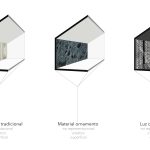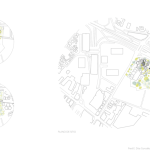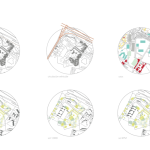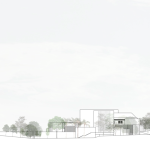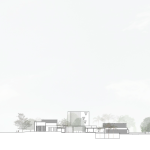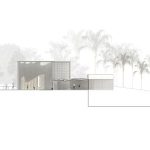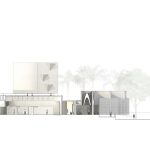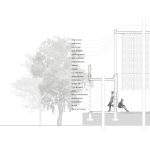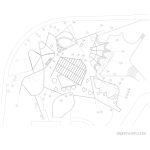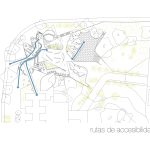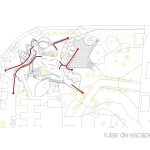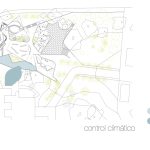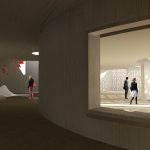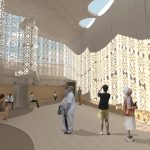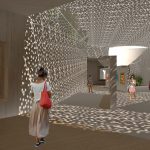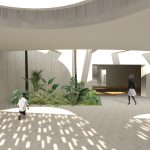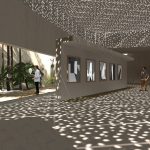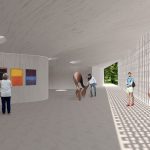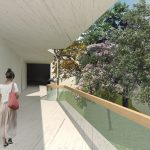Luz como ornamento atmosférico en el espacio arquitectónico caribeño
” La luz es un fenómeno inescapable e indispensable en el diario vivir. Sin luz el mundo que percibimos sería diferente ” – Fred Díaz
Designer: Fred Díaz
Thesis Date: December 2014
Thesis Director and Committee: Nataniel Fúster
TOS[er]: Gabriela Mesa Soto
TOS Post: March 2016
Investigando la relación existente entre la cultura y la luz, Fred Díaz descubre que de acuerdo al contexto cultural y la incidencia del sol en ciertos lugares el acercamiento arquitectónico hacia el uso de la luz varía; algunas culturas buscan la luz, mientras que otras buscan la sombra o la penumbra. Investiga además que al igual que la ornamentación tradicional la luz puede embellecer y transformar el espacio a la vez que puede comunicar una idea a través del mismo. Díaz promueve el uso del ornamento atmosférico de la luz especialmente en el Caribe, ya que es una zona climática que busca la penumbra y es geográficamente perfecta para el juego con la luz. Díaz utiliza estrategias lumínicas que ayudan a que la luz se entienda como ornamento, estas son el uso de patrones como elemento comunicativo y su contraste junto a espacios donde la luz no es filtrada; denominados volúmenes de luz. Así logra transformar el espacio continuamente y la experiencia del usuario en el mismo. El espacio diseñado para su tesis fue un museo, titulado MULU, el cual más que exhibir obras de arte tradicionales, utiliza la luz y sus efectos al igual que la secuencia espacial como el material expositivo del museo.Utilizar la luz como un ornamento atmosférico crea conciencia en el usuario de la importancia de la incidencia de la luz en la percepción espacial.
Investigating the existing relationship between culture and light, Fred Díaz discovered that according to the cultural context and how the sun hits certain parts of the world, the architectural approach to light varies. While some cultures look for light, others look for shadow or gloom. He also researched the relationship between traditional ornamentation and illumination concluding that both can transform a space and bring beauty to it. Díaz promotes the use of atmospheric light ornament especially in the Caribbean, being the ideal environment since it is one that looks for gloom and is geographically perfect to investigate light. Some strategies that help conceive light as an ornament is the use of patterns as a communicative element and the contrast between it and spaces where light is not filtered, named as ‘volumes of light’. With these strategies the designer achieves to transform the space and the experience of the user in it. The space designed for his thesis was a museum, named MULU, which instead of displaying traditional works of art, the use of light and its effects in the space is the true exhibition. To use light as an atmospheric ornament creates awareness in the user of the importance of the incident of light in the spatial perception.


